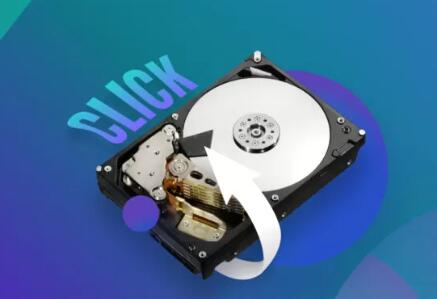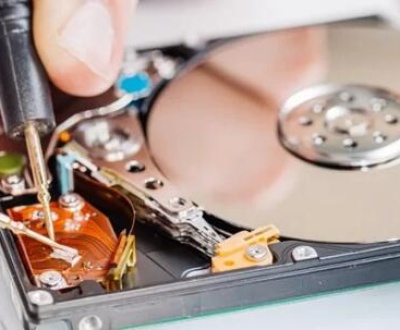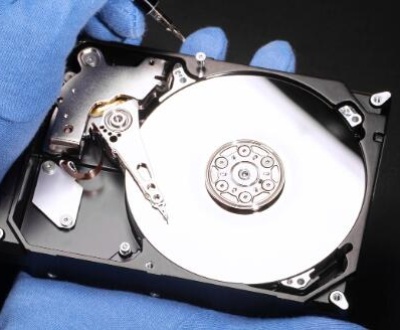For users of SanDisk products, the SanDisk recovery program offers a reliable solution to recover lost data. This guide provides an in depth look at the program, exploring its features, usage, limitations, and alternatives.
Data loss can occur for various reasons, including:
Accidental Deletion: Files can be unintentionally deleted by users.
Formatting Errors: Users may accidentally format their storage devices.
Corrupted Files: Software malfunctions or sudden power failures can corrupt files.
Physical Damage: Damage to the storage device can lead to data inaccessibility.
Understanding the causes of data loss is crucial in determining the best recovery approach.
Overview of the SanDisk Recovery Program
The SanDisk recovery program, often referred to as SanDisk RescuePRO, is designed to assist users in recovering lost or deleted files from SanDisk storage devices. The program is user-friendly and supports various file types, including photos, videos, and documents.

Key Features
User-Friendly Interface:
The program boasts an intuitive interface that guides users through the recovery process.
Wide Compatibility:
It supports various SanDisk products, including USB drives, SD cards, and SSDs.
File Format Support:
Users can recover a wide range of file formats, from JPEG images to MP4 videos and more.
Preview Functionality:
Users can preview recoverable files before initiating the recovery process, ensuring they can select the right ones.
Deep Scan Option:
The program offers a deep scan feature for more thorough recovery, which is beneficial for severely corrupted or formatted drives.
System Requirements
Before installing the SanDisk recovery program, ensure that your system meets the following requirements:
Operating System: Windows (various versions) or macOS
RAM: Minimum of 2 GB
Storage Space: At least 500 MB of free disk space
Installation Process
Download the Software:
Visit the official SanDisk website or trusted software distribution platforms to download the SanDisk recovery program.
Run the Installer:
Double-click the downloaded file and follow the on-screen instructions to install the program.
Launch the Program:
Once installed, open the program to begin the recovery process.
Using the SanDisk Recovery Program
Step-by-Step Guide
Connect Your SanDisk Device:
Insert the SanDisk USB drive, SD card, or SSD into your computer.
Select Recovery Mode:
Open the SanDisk recovery program and choose the recovery mode that suits your needs (e.g., “Recover Files” for accidental deletion).
Choose the Device:
The program will display a list of connected devices. Select the SanDisk product you wish to recover data from.
Scan the Device:
Click on the “Scan” button. The program will initiate a quick scan, followed by a deep scan if necessary.
Review Recoverable Files:
Once the scan is complete, a list of recoverable files will be displayed. Use the preview function to check the files.
Select Files for Recovery:
Choose the files you want to recover. You can select multiple files or folders.
Recover and Save:
Click the “Recover” button. Specify a location on your computer to save the recovered files (avoid saving them back to the original device).
Tips for Effective Recovery
Stop Using the Device: To increase the chances of successful recovery, refrain from using the storage device once you realize data loss.
Use the Preview Function: This helps ensure you’re recovering the correct files.
Save Recovered Files Elsewhere: Always save recovered files to a different drive to prevent overwriting lost data.
Limitations of the SanDisk Recovery Program
While the SanDisk recovery program is a powerful tool, it does have limitations:
Free Version Limitations:
The free version may have limitations on the amount of data you can recover. Users may need to purchase a license for extensive recovery.
No Guarantee of Recovery:
Not all lost files may be recoverable, especially if they have been overwritten or severely damaged.
Technical Support:
Users may find limited support options, which can be a drawback if they encounter issues during recovery.
Alternatives to SanDisk Recovery Program
If the SanDisk recovery program doesn’t meet your needs, several alternative recovery tools are available:
Panda Assistant
Panda Assistant prioritizes user experience by providing a simple, step-by-step recovery process. Users can preview files before recovering them, allowing for informed choices. Additionally, the software is designed to minimize the risk of overwriting lost data, enhancing the likelihood of successful recovery.
Security and reliability are paramount, and Panda Assistant employs state-of-the-art encryption protocols to protect user data throughout the recovery process. With a focus on customer support, Panda Assistant also offers comprehensive guides and tutorials, ensuring users can navigate the recovery process with confidence.
Panda Assistant stands out as an ultimate solution for data recovery, combining powerful features with user-friendly design. Whether you’re a casual user or a professional, Panda Assistant is your go-to tool for retrieving valuable files and ensuring peace of mind in an era where data is essential.
The SanDisk recovery program is a valuable tool for users seeking to recover lost data from their SanDisk products. With its user-friendly interface and effective recovery features, it can be an essential part of your data management toolkit. However, it’s essential to be aware of its limitations and consider alternative solutions when necessary. By implementing best practices for data management, you can significantly reduce the risk of future data loss and ensure your files remain safe and accessible.
About us and this blog
Panda Assistant is built on the latest data recovery algorithms, ensuring that no file is too damaged, too lost, or too corrupted to be recovered.
Request a free quote
We believe that data recovery shouldn’t be a daunting task. That’s why we’ve designed Panda Assistant to be as easy to use as it is powerful. With a few clicks, you can initiate a scan, preview recoverable files, and restore your data all within a matter of minutes.
Subscribe to our newsletter!
More from our blog
See all postsRecent Posts
- Data recovery salt lake city utah 2025-04-18
- Data recovery sacramento 2025-04-18
- Data recovery miami 2025-04-18

 Try lt Free
Try lt Free Recovery success rate of up to
Recovery success rate of up to









